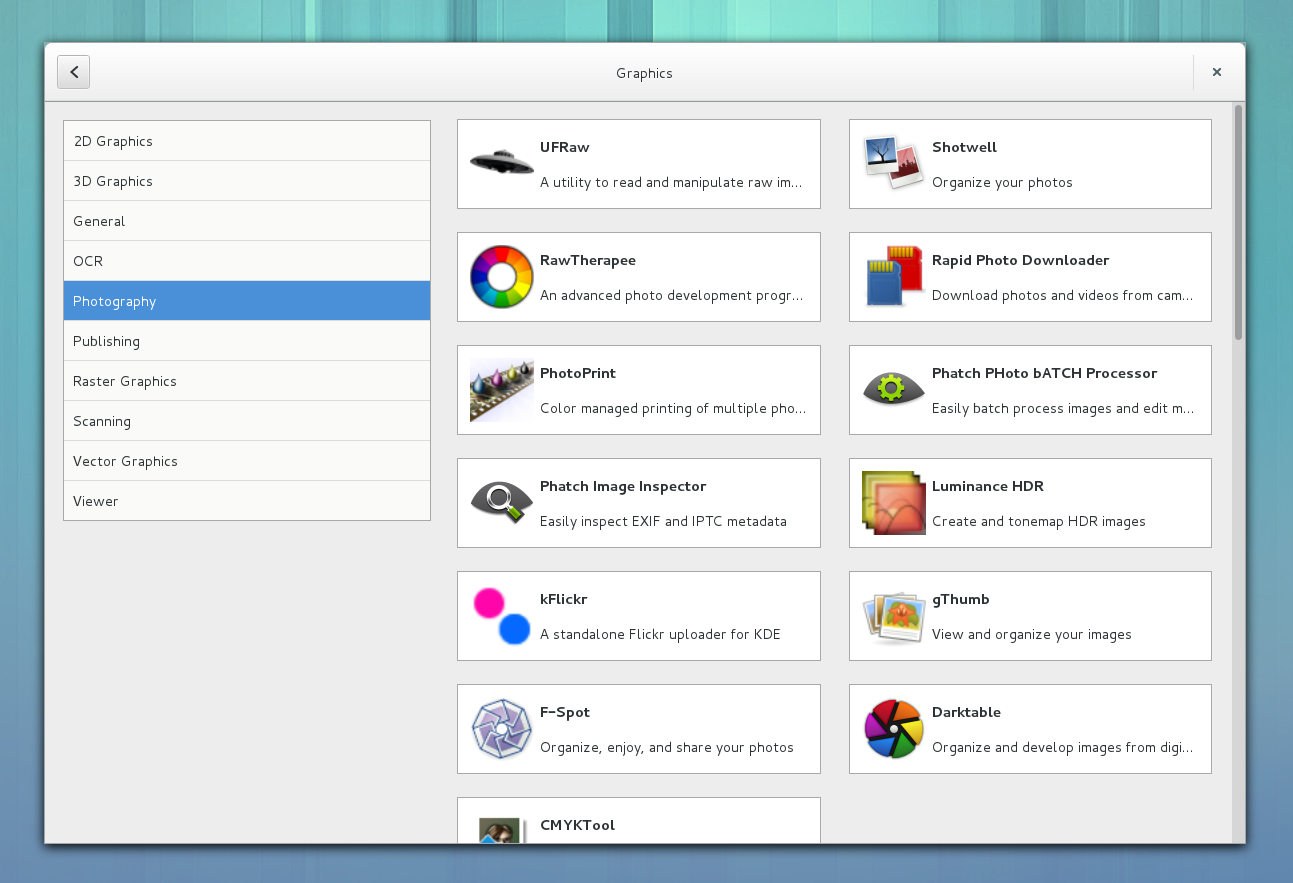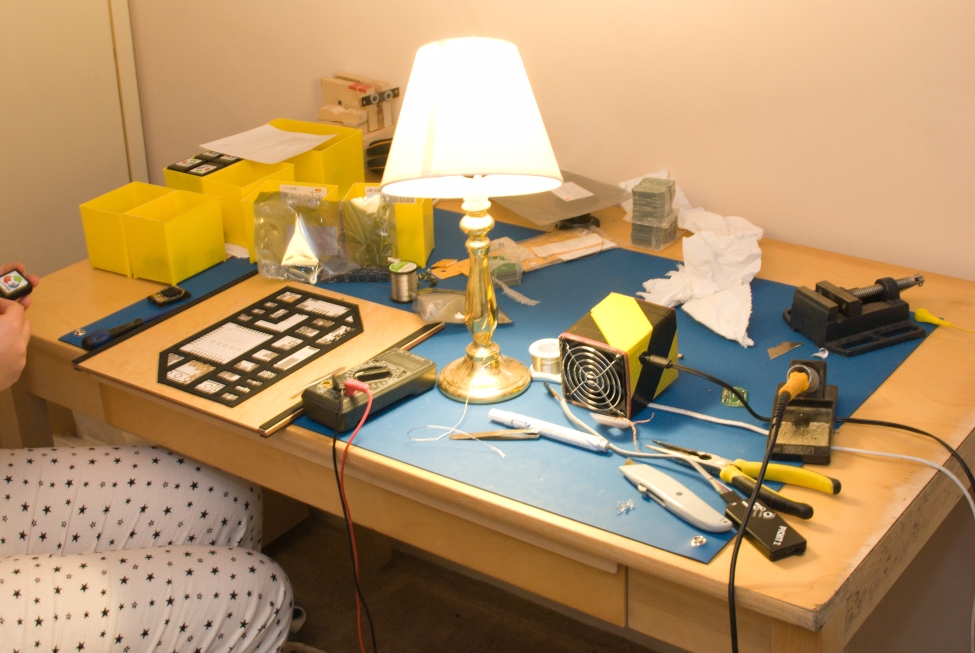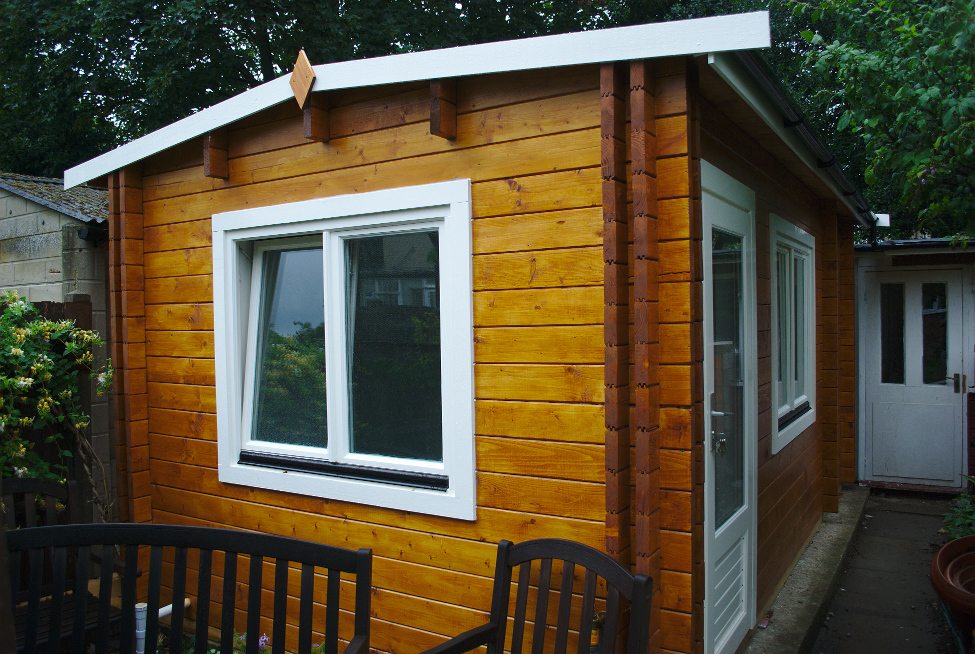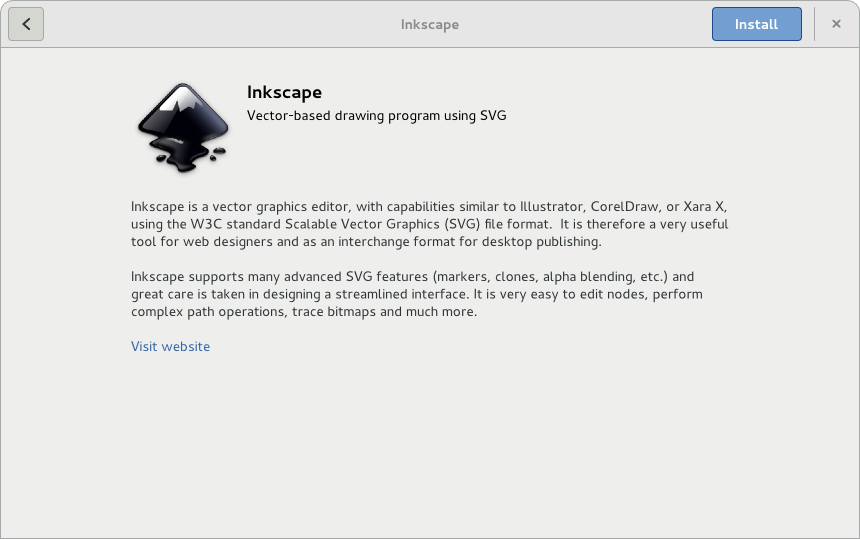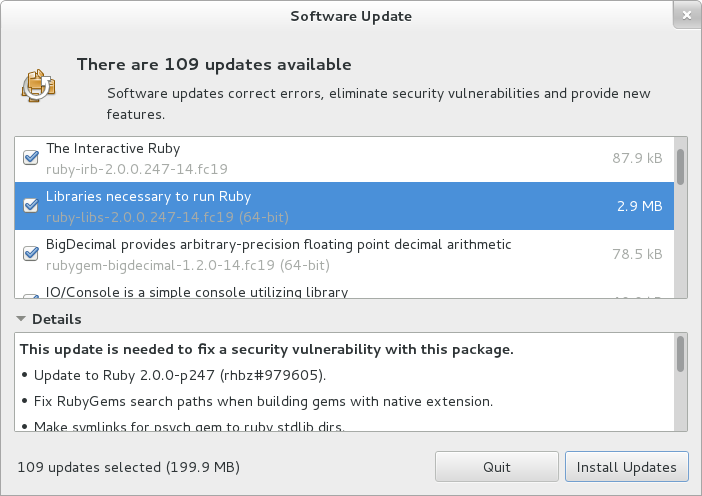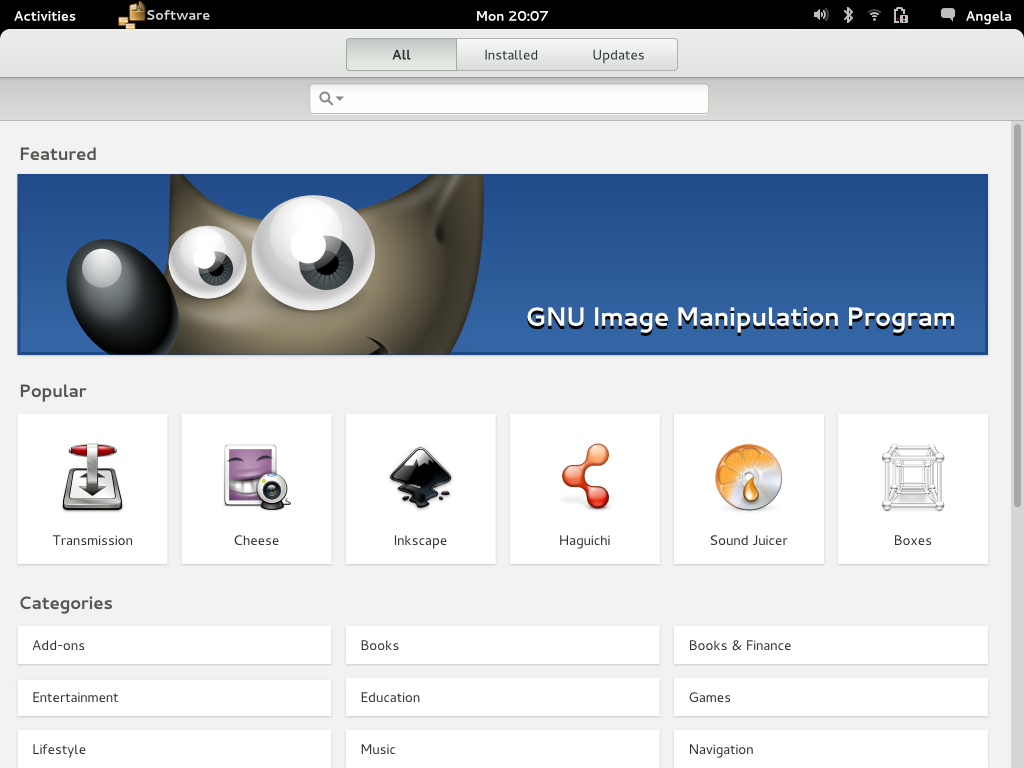First, don’t panic, it’s not some big secret agenda, or any kind of Swedish conspiracy. The Fedora AppStream generator ignores your application if:
- There is no
NameorCommentin the desktop file. You need both. - There is no application icon, or if the application icon is missing or less than 32×32 in size
- Your desktop file has
NoDisplay=true - Your desktop file does not have
Type=Application - Your application ID or package file name has been blacklisted.
- Your application is really just a settings panel
- Your application isn’t available in fedora or fedora-updates for F20
If you see anything in GNOME Software that you think should not be there, let me know and we can review it. Note, for Fedora 21, i.e. not the Fedora release about to happen they’ll be one extra point where we will disqualify applications:
- Your application does not contain a .appdata.xml file with at least one screenshot.
So that’s 6 months to get your AppData files upstream before we get all strict. Go!

